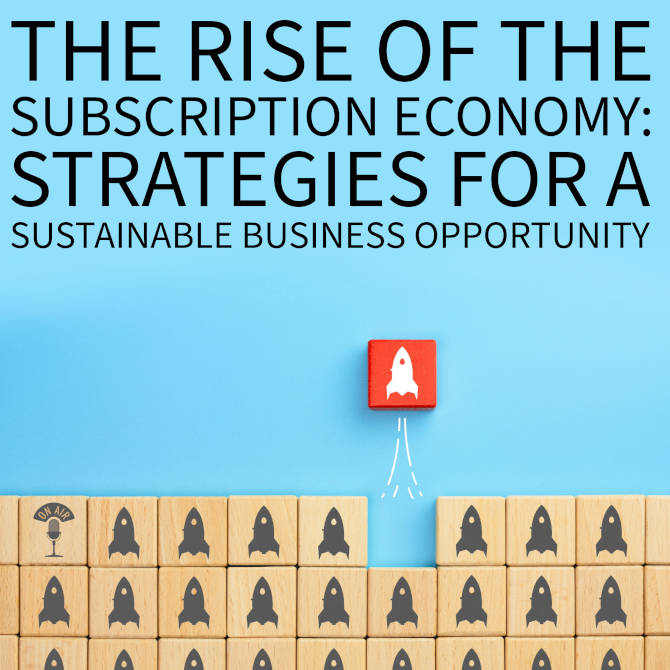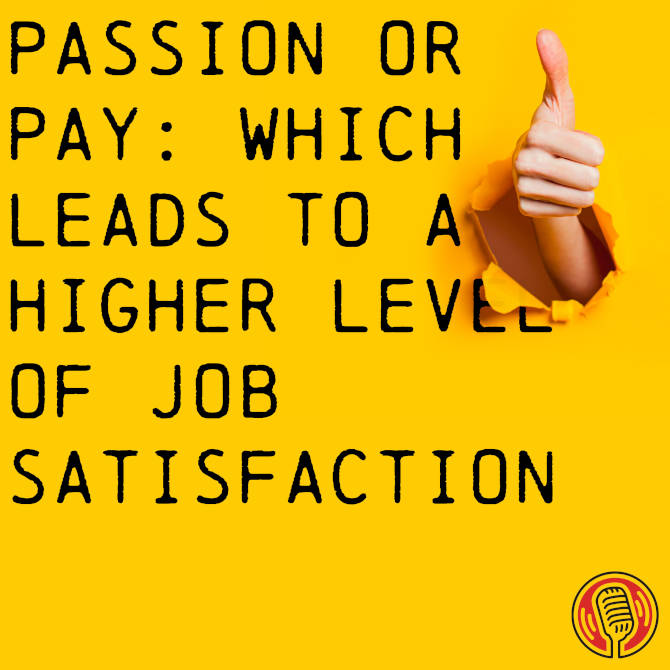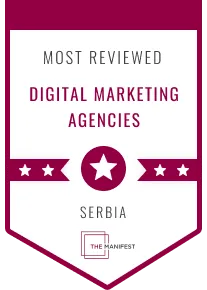Introduction: The Transformative Power of Storytelling in Communication
Have you ever felt the gnawing pain of anxiety when confronting new challenges? Well, as I stood in front of a diverse audience of more than 20 individuals ranging in age from 17 to 35, I was enveloped by a mix of anxiety and anticipation. You see, I had just turned 21 at the time and found myself preparing to present a workshop at an Erasmus Plus project, which is actually an exchange program dedicated to Promoting education through non-formal learning methods and hands-on approaches.
The excitement of sharing my insights was coupled with nervousness about how my youthful presence would be perceived by the group. The focus of the workshop was improvisation and enhancing skills by integrating various techniques. I discussed the ways in which embracing productivity skills and venturing beyond one’s comfort zone.
Which can be the catalyst that facilitates personal growth and development. The subject really sparked my mind into action, and it’s something that simply intrigued me. However, I knew that without the correct approach, I would be at risk of losing my audience’s attention or failing to provide them with valuable information, which at the end of the day was the main goal.
The Genesis of My Storytelling Journey: A Workshop Experience
At the outset, I had decided to follow a more pragmatic approach, delving into the effects of various productivity zones. on our personal lives. I could see that a portion of my audience was engaged, but body language is always a bigger teller on who’s not fully engaged. I really wanted to capture their full attention and pique their interest, you know.
I paused for what seemed like an hour, but in reality, it was just enough time to glance around the room to see a couple of supportive faces, and from seeing them my inner strength arose, and I was determined to find a way to connect with the entire audience.
The Shift: How Personal Storytelling Captivated My Audience
Unexpectedly, my thoughts drifted to a time when I took part in a demanding project that unfolded under the weight of trying and very arduous circumstances.
It wasn’t my original intention to share this personal experience with the group, but I soon found myself recollecting the story. As I unveiled this difficult, captivating anecdote, I noticed a shift in the room’s atmosphere. The audience’s attention was now riveted on me, and the whiteboard I was using simply exploded with ideas.
The Impact of Storytelling: Building Connections and Inspiring Growth
This spontaneous foray into storytelling demonstrated to me the power and essential tool that storytelling provides for engaging and connecting with others. As I continued to share my personal journey, I not only gained the admiration and respect of my audience but also experienced a complete transformation within myself.
And, guess what? That anxiety that had initially consumed me, gradually melted away, replaced by a comforting sense of warmth, acceptance, and, dare I even say, a bit of self-pride in my capabilities to effectively reach those both younger and older than me. And that was the exact moment that I realised the true potential of storytelling as an invaluable means of communication.
It transcends age, background, and experience, and forges connections and inspires growth in both the teller and the audience.
Why Storytelling Matters in Business
Now, I’m sure you must be thinking, how does this help my business grow? This powerful tool of storytelling you can use to leverage your business in an ever-evolving world and create a buzz that people will feel admiration.
And respect for your brand, making them advocates and helping you grow your business. With that in mind, let’s start.
I remember feeling frustrated when I would think about my parents telling me fascinating stories before putting me to bed in the evening, even decades later. Yet not being able to remember the content for an upcoming exam or something as simple as what my colleague would ask me to do. It’s quite an interesting phenomenon, you know?
The Human Connection: Stories Over Data
As human beings, we’re naturally drawn to stories. We remember and relate to stories better than lists and bullet points. Connections and memory, they’re all built through visual and auditory input, which we tend to store based on the events relating to the given input, hence turning memories more into stories that we recall later on.
Storytelling in Business: A Tool for Persuasion and Connection
Now, I’m sure you must be wondering, how is the story from childhood relevant to the growth of my business? Well, the power of storytelling in businesses is rather effective for persuasiveness. It’s essential to convince customers to buy products or services, and employees and colleagues to go along with a new strategic plan.
Investors buy stocks and partners to sign the next deal. Most executives struggle to communicate their ideas, let alone inspire their audience. Often they get lost in the fuss of company speak, PowerPoint slides, dry memos, and hyperbolic missives from corporate communication departments. They use conventional rhetoric, which is actually an intentional process that consists of presenting statistics, facts, and quotes from authorities.
However, people have their own set of authorities, statistics, and experiences, and they argue with the speaker in their heads. Based on past experience, I believe the best way to persuade people is by uniting an idea with an emotion. And the most powerful way to do this is by telling a compelling story.
A story begins with a personal desire, and a life objective, and then portrays the struggle against the forces that block that desire. It positions the problems in the foreground and then shows how the protagonist overcomes them. The heart of a human being is revealed in the choices he or she makes under pressure.
And as a storyteller, your goal is to pique the interest of your audience. Stories work. Because we expect them to lead somewhere, to resolve an issue, and the listener or reader knows that a resolution is coming. We have empathy and can project ourselves into the story. Sharing feelings with the characters and often wanting to know if the characters would act the same way we would.
Crafting a Story: The Key to Persuasive Business Communication
The art of storytelling in business is almost identical to the art of telling a story to your friend. The structure is the same and the goal is to create an emotional response. It’s the art of using words, images, or sounds. To create connections between emotions, thoughts, and memories. So the important question is, how can businesses incorporate storytelling into their marketing strategies?
Examples of Successful Storytelling in Business
One way is to use emotional triggers. The stories should be relevant and they should evoke emotions in the audience. The audience should see themselves in the story and the story should connect with them. A good example of this has been prevalent throughout Disneyland’s marketing strategies per se.
They accomplish this in part by leveraging emotional responses such as romance and family bonding.
For example, Disneyland has long been renowned as the favourite location for marriage proposals, with many couples selecting the park as the ideal location to pop the question. Disneyland leverages the emotional connection that couples have with each other and with the brand itself by providing a setting that is both magical and romantic.
They express this idea with their motto, the happiest place on earth. That kind of emphasises the joy and happiness that families embrace while visiting the park, ensuring a pleasant experience for all visitors. Another way is by telling the customer’s story. It should focus on the customer’s struggles, desires, and how the product or service helped them overcome those struggles and achieve their desires.
A great example of this is the Brotherly Love Coca Cola commercial, which shows a relationship between two brothers growing stronger over time. It features the dynamics between two brothers by showcasing different situations in which the older brother teases and kind of bullies his younger brother in a loving way by putting headphones on a higher shelf in one of the scenes of the commercial and actually the culmination arrives when the older brother comes in time to protect the younger one from actual bullies who try to take his coke.
After the intense moment, the bond between the brothers simply became stronger. With the younger brother’s desires finally being fulfilled, the commercial ends by including the tagline, Taste the Feeling. Effectively telling a story about the bond between siblings and the role that Coca Cola can play in bringing people together.
Kinda genius if you ask me.
Brand storytelling is not about what brands sell, but they are the stories that clarify what brands do for their customers in solving their problems and provide a better-personalised user experience that consumers just feel more comfortable and satisfied with. The goal is to attract the customer’s desire and inspire them to connect with a brand to take action to buy a product or service.
Practical Steps for Incorporating Storytelling in Your Marketing Strategy
So for a successful story, it’s quite important to understand your audience and tailor the story to their interests and their needs. This requires market research and a deep understanding of the target customer. And in addition, of course, it’s important to have a clear and concise image that can be easily communicated through the story.
To incorporate storytelling into a business’s marketing strategy, you can start by identifying your brand’s unique story and finding ways to share it with your audience. This can be done through various mediums such as social media, blogs, videos, and advertisements, whichever one you’re used to by now.
One effective method is to use customer testimonials and success stories to illustrate how the brand has helped solve problems or improve lives. This not only adds credibility to the brand, but it also engages the audience by making them feel connected to the brand’s mission and as if their input was an important aspect and helped your business grow.
Conclusion: Harnessing the Power of Storytelling for Business Success
So to bring this episode to an end. The main point is that storytelling is a powerful tool in business. Stories are the most successful asset to create brand loyalty, making people more willing to promote a product or brand by word of mouth, which is the best way to popularise a business.
So, businesses, it’s time to incorporate storytelling into your marketing strategies and start telling compelling stories that connect with your audience on a deeper level, build brand loyalty, and ultimately drive sales and revenue growth.
By sharing stories that resonate with your audience’s values, experiences and emotions, you can create a powerful emotional bond that fosters brand loyalty, but also customer engagement.
Whether it’s through social media, website content, video ads, or any other marketing channels, storytelling can help you stand out in a crowded marketplace and build a strong brand identity that wins the hearts and minds of your customers.
Don’t hesitate to tap into the power of storytelling and start crafting your brand’s unique narrative today. Anyways, thank you for joining us and if you enjoyed this episode then like, share and subscribe for more interesting podcasts.
Of course, feel free to contact us to share your opinion on this topic, or perhaps even your experience with storytelling and how that ultimately helps you expand your business. We look forward to hearing from you and that’s it for today. Bye-bye.











